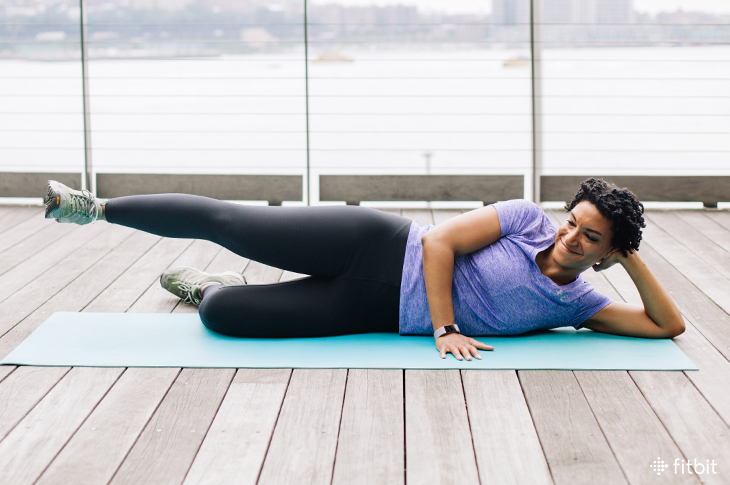
It starts as a nagging pain on the outside of your leg just above the knee. It gets worse as the run goes on, sometimes moving up to the hip. The condition is called iliotibial band syndrome or ITBS, and it’s the second most common running injury. Left untreated, it could debilitate you and make running nearly impossible.
While stretching, foam rolling, and taking time off are important steps in relieving the symptoms, they won’t solve the issue. Research finds that strengthening the muscles around the hips is the most effective way to prevent and treat ITBS, as the cause of the pain stems from hip weakness.
What Is the IT Band?
The iliotibial band is a tendon that runs from below your knee to above your hip, where it attaches to the small tensor fascia lata muscle (TFL). The TFL works with the glutes to stabilize the hip. Problems begin when the poor posture you adopt from sitting hunched over a keyboard persists even when you’re on a run. “When we’re bent forward, the gluteal muscles get overworked,” says Brian Fullem, DPM, a sports podiatrist and author of The Runner’s Guide to Healthy Feet and Ankles. “That’s when the IT band kicks in and takes more stress than it can handle.” To add insult to injury, and pile on the postural problems, those very gluteal muscles tend to be weak in most runners.
When the TFL muscle and IT band take on too much of the work to stabilize your hips and keep your knees and feet from collapsing inward with each stride, they get strained and over stretched. “The stretching and tightness of the ITB is really coming from the weakness,” Fullem says. “If you don’t address that weakness, taking time off isn’t going to make it go away.”
What Movement Best Combats ITBS?
Fullem recommends a series of exercises aimed at strengthening the glute medius and minimus, the key muscles involved in controlling what goes on from the hips down to the feet.
1. The Body Bow Stretch
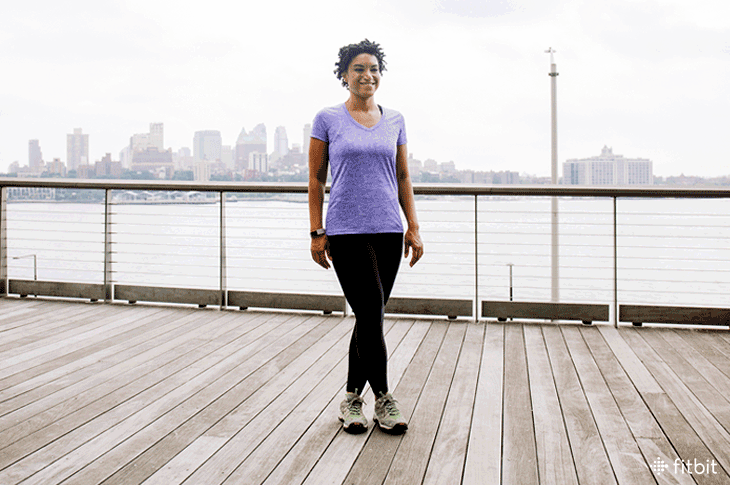
Start with stretching. Fullem says the best stretch is to cross your sore leg behind your other leg, reach up to the sky, and lean away from the injured side. Your body should form a bow, with the IT band stretched across your hip. Lower your arms down to your ankle on the inside of the bow, extending the stretch. Hold for 15 seconds, and repeat 10 times. Do the stretch three times a day.
2. Side Leg Lifts
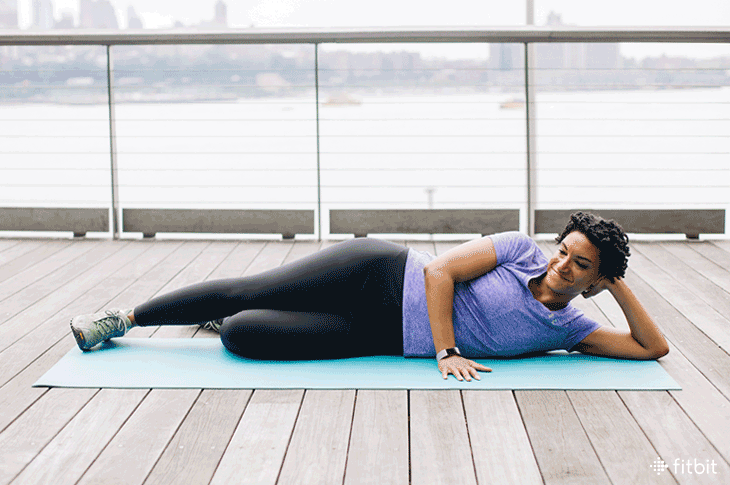 The side leg lift is one of the best ways to strengthen the gluteus medius and minimus, but you have to be mindful of your form to keep from cheating by recruiting larger muscles, like your quads. Lying on your side, lift your upper leg up. Then, bring it forward and back so that it forms a straight line from your shoulder to hip. Make sure your hips are stacked and your leg is straight—most people need to consciously pull their leg backward at the hip to get into line. Bring your top shoulder forward with your arm and elbow toward the ground to prevent your hips rolling backwards.
The side leg lift is one of the best ways to strengthen the gluteus medius and minimus, but you have to be mindful of your form to keep from cheating by recruiting larger muscles, like your quads. Lying on your side, lift your upper leg up. Then, bring it forward and back so that it forms a straight line from your shoulder to hip. Make sure your hips are stacked and your leg is straight—most people need to consciously pull their leg backward at the hip to get into line. Bring your top shoulder forward with your arm and elbow toward the ground to prevent your hips rolling backwards.
Raise your top leg straight up, and move it forward and back in a controlled motion. Hold at the top of the lift for 2 or 3 seconds, and then relax. Build up to three sets of 10 repetitions for each leg. Don’t let your hips roll open and don’t engage your front hip flexors. You can place your hand on the side of your butt just above and behind the hip bone to feel when the glute medius contracts. You should not feel the contraction on the front of your hip.
3. Clam Shells
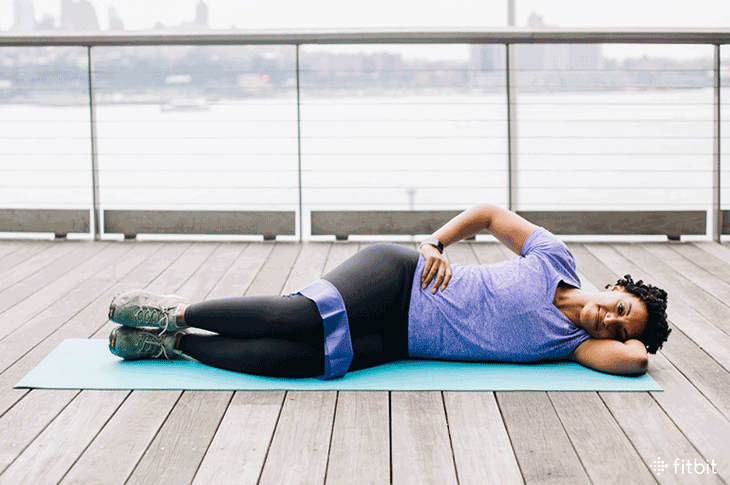
Clam shells are another effective way to target your side glutes. Lie on your side with your legs at a 45-degree angle and your knees stacked. Lift your top knee slowly, as far as you can, keeping your feet together. Hold for 2 or 3 seconds and drop back to your original position. Build up to three sets of 10 repetitions for each side. You can increase the intensity by wrapping a resistance band around both legs at the top of the knee.
4. Hip Hikes

Hip hikes work the hip muscles in a way that’s similar way to running and help to keep your hips level during the single-leg stance of each stride. Stand tall and upright, with one foot placed on a step or stair. Raise the other foot by lifting your hip on that side. Slowly lower your hip so that your “free foot” drops below the level of the step. Descend to the bottom of your range of motion, still keeping your knees straight and upright. Complete 10 repetitions on each side, and build up to three sets.
5. Single-Leg Quarter Squat
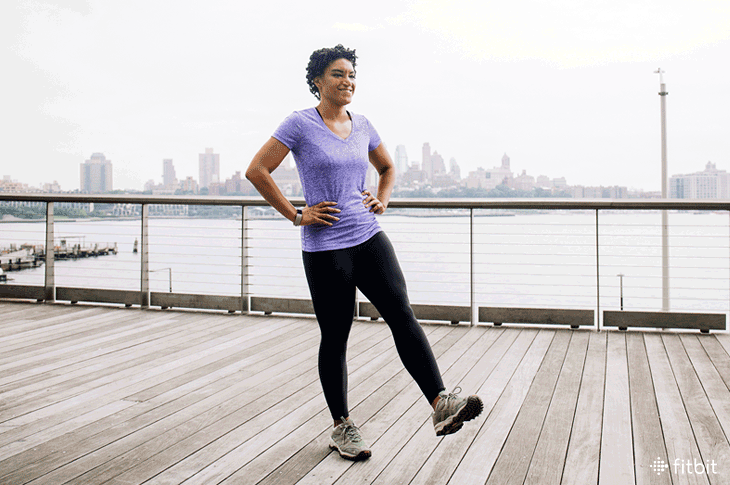
The most running-specific exercise, the single-leg squat targets the balancing skill and glute strength you need to stay tall and stable on the run. Balance on one leg, with your lifted foot in front of you. Lower your torso a quarter of the way to the floor, making sure your hips are level and your knee doesn’t cross the midline of your body or go in front of your toes. Work up to three sets of 10 repetitions and increase the depth of the squat as you get stronger.
This information is for educational purposes only and is not intended as a substitute for medical diagnosis or treatment. You should not use this information to diagnose or treat a health problem or condition. Always check with your doctor before changing your diet, altering your sleep habits, taking supplements, or starting a new fitness routine.

If you have questions about a Fitbit tracker, product availability, or the status of your order, contact our Support Team or search the Fitbit Community for answers.
Please note: Comments are moderated and may not appear immediately after submission.